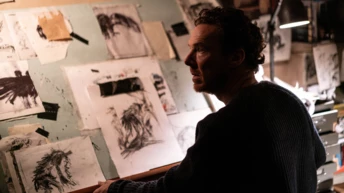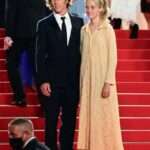On June 30, 1882, Mykhailo Boychuk was born – the founder of the original school of Ukrainian monumentalism – Boychukism. Having recognized the re-examination of the ideological ancestors of the current totalitarian Russian regime, together with the studies of the history of the NKVS in 1937, and the knowledge of the remaining origins of the summative Bikivnyansky forest. Yogo stand and decline in richly drunken respect.
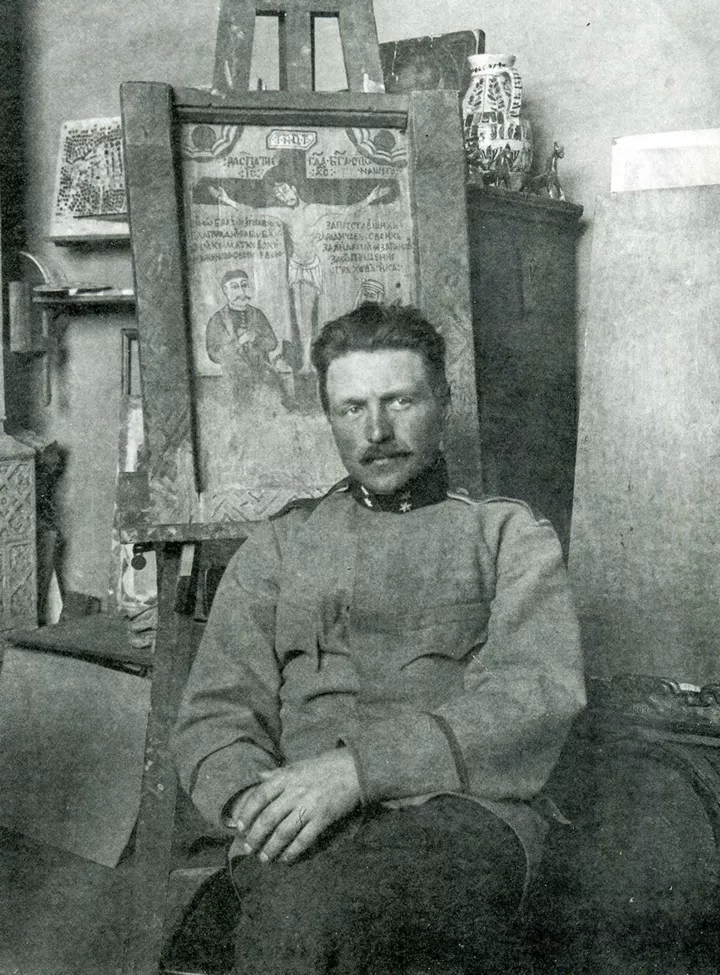 Mykhailo Boychuk
Mykhailo Boychuk
Skarbi zvidusil
Mikhailo Boychuk was the leader of the great rural family with nine children. Forever, the reader's supporter discovered the malaria at the Lviv school of mysteries. Then he studied with Widnia, at the Krakiv Academy of Red Mysteries and in Munich. For the entire hour, the talented artist was financially supported by Metropolitan Andriy Sheptytsky and the Shevchenko Science Partnership. From 1908 to 1911, Rock completed his career in Paris. There, he fell asleep at his first school – the “master of neo-Byzantine mysticism” Renovation Byzantine. At the exhibition at the Salon of Independents near Paris, Boychukists presented 18 works, entitled “The Revival of Byzantine Mysticism,” and made many laudatory remarks. 1911 fate Mikhailo Boychuk turned to Ukraine. Not himself – with a team, one of his most talented students, the artist Sofia Nalepinskaya. And it is formed by a powerful style, which is rooted in Byzantine mysticism, the pictorial traditions of Kievan Rus and the middle Ukrainian painting.
Advertising. 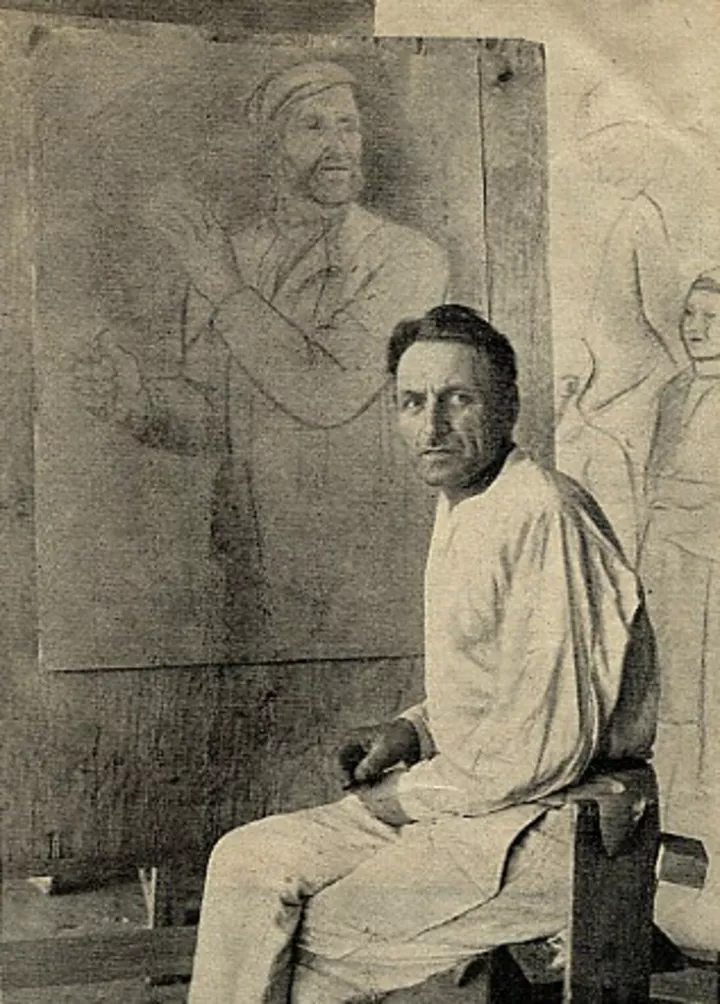 Mikhailo Boychuk at work
Mikhailo Boychuk at work
In Ukraine
Mykhailo Boychuk initially restored historical monuments near Lvov in the Chernihiv region, and in 1917 moved to Kiev, where he became the co-founder of the Ukrainian State Academy of Art, a ceramist. monumental master. Obligations are working, to the extent of which they have received a number of fates in the coming years, they are fighting. He prepared theatrical scenery for the Kurbas performance at the Young Theater. Restoring the frescoes of the St. Sophia Cathedral and creating from the collection of the Khanenki Museum. Having painted the “Bilshovik” steam float, decorating the sacred Pershotravnya and the Kiev Opera before the meeting of representatives of the Volost Vikoncoms. In 1920, I created a poster with rows from the “Commandment” to the Shevchenko Saint. 1923 – designing the Ukrainian pavilion at VDNG near Moscow. In 1924, Mykhailo Boychuk became a professor at the Kiev Art Institute, and later became a co-founder and member of the ARMU (Association of Revolutionary Art of Ukraine), which embraced the naturalistic Radyansky realism. More precisely, it was like this: instead of the work of Mikhail Boychuk, his students entirely resembled the historical tradition, but in each of them the national form was dominant.
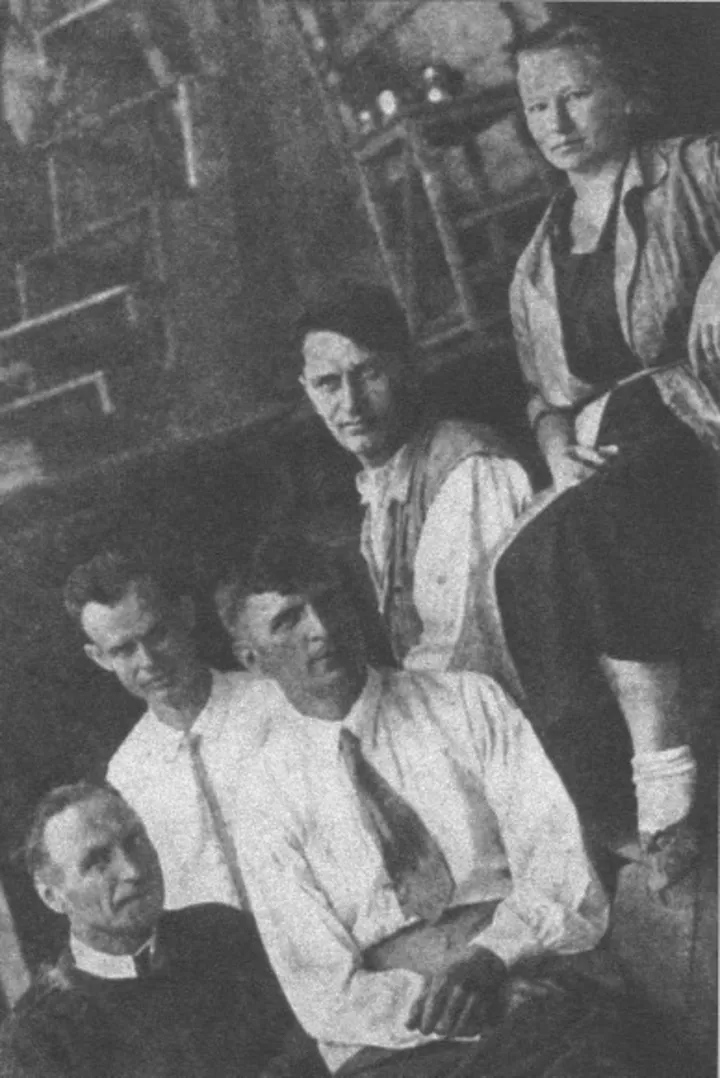 Mikhailo Boychuk with students
Mikhailo Boychuk with students
“Sect”, artil, homeland
It seems that Mikhailo Boychuk wanted collectivity in mysticism, telling his students: “Don’t be afraid to waste your individuality. Whoever works best, take a closer look. vizrie”. Having attended and participated in exhibitions, we appreciate that the monumental mysticism is now being collectively exhibited steadily – in public buildings and on the Maidans. The full robot, like the Renaissance, was one of the main ambushes of this master's school. Boychukists themselves prepared farbi – on zhovtok, as in ancient times, using recipes discovered by the teacher. It was also said about those who, in order to hear him in this way, begin no less than seven rocks and battles, God will make friends at this hour – under the despotic power of the brilliant Boychuk, there was plenty of the master’s charisma and talent. At the same time, having devoted all his time to students, some of them simply lived with each other, they all went to museums at once, studied and discussed the elements of painting, and took on propaganda details also collectively. Together with his studies, Mikhailo Boychuk created over 20 monumental paintings, such as: Lutsk Barracks in Kiev (1919), Village Sanatorium near Odessa (1928), Chervonozavodsky Theater near Kharkov (1933-35).
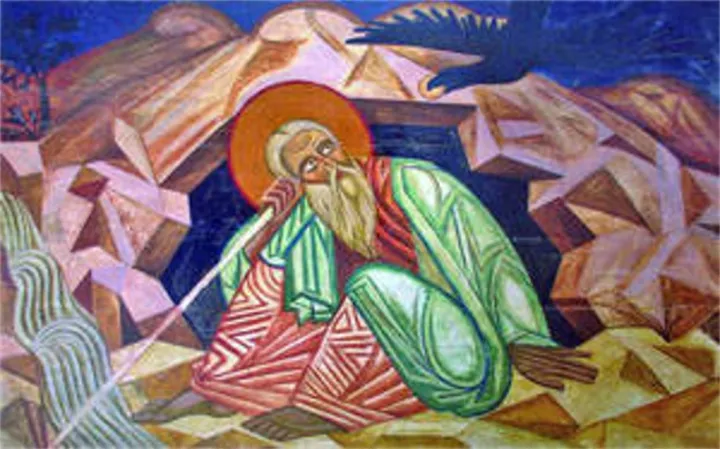 Mikhailo Boychuk. Prophet Illa. For “Dyakivska Bursa” near Lvov.
Mikhailo Boychuk. Prophet Illa. For “Dyakivska Bursa” near Lvov.
Rozstrіlyane Vidrozhennya
Right from the start they said about the monumental works of Mikhail Boychuk: as good as a church. Let’s face it, later, in the 1920s, colleagues put Boychukov on the same page: they wrote villagers and workers like saints on icons – and this was no longer a compliment, but a warning. In the 1930s, critics were not exhausted: they said that “advanced social realism”, “promotes Radian activity”, and Boychuk’s “Byzantinism is a religious opium”. On November 25, 1936, Mikhail Boychuk was arrested. After the end of the day, the brilliant artist was accused of being one of the “members of the national fascist terrorist organization”, who “supported the ideas of Hitler” and in fact “the annexation of Ukraine from the Radian Union and the creation of the Ukrainian national fascist state.” On the 13th of July 1937, the death of Mykhailo Boychuk together with the students Ivan Lipkivsky (son of Metropolitan Vasyl Lipkivsky), Ivan Padalka, Vasyl Sedlyar was shot. On April 11, 1937, Boychuk’s first squad, Sofia Nalepinska-Boychuk, was shot at the stand of similar accused. After the destruction, almost all the monumental works of the Boychukists, as “the legacy of their ancient work,” were plastered, most of the sketches were burned.
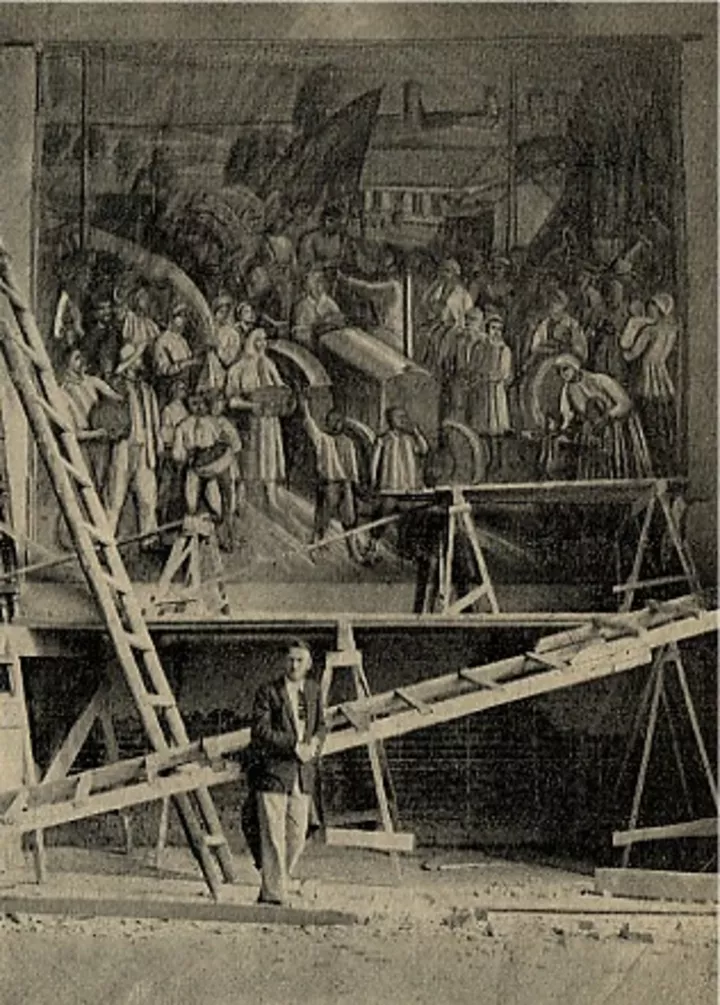 Mykhailo Boychuk
Mykhailo Boychuk
The most famous works of the legendary artist Mikhail Boychuk are amazing:





